“One tip we want expecting parents to know and how Little Nursing Company can help!”
TIP 1: Don’t expect breastfeeding to come easily or “naturally”!
No matter what you see from social media, movies, moms at the mall, your friends and family- breastfeeding is generally a learned skill. It takes practice and usually requires assistance. Put money aside prenatally to hire a private International Board-Certified Lactation Consultant (an IBCLC has the highest level of knowledge with breastfeeding issues). Or ask for gift cards to a private IBCLC from grandparents, family or friends.
If you do not have the resources, there is free breastfeeding help. Edmonton has a few publicly funded breastfeeding clinics plus the La Leche League. Most likely you will need your family doctor to refer you for a free breastfeeding clinic, and unfortunately the wait time can be weeks to months. In our experience, breastfeeding concerns need immediate attention. When you do go to your appointment, you need to pack up and drive, haul the carseat and sometimes wait in a waiting room. Based on the allotted time for the appointment, you may or may not get to show the Lactation consultant or Doctor a full feed, especially if you had to feed while waiting. The space is not what you are used to. A different chair, maybe no breastfeeding pillow, distractions for your baby. Your setup and environment play a big part in your and your baby’s comfort.
With Little Nursing Company, we come to you. In any room that you are comfortable feeding in. Sometimes we are in bed with you, sometimes we are in the living room and sometimes in the nursery. We go where you are comfortable. We watch an entire feed and suggest different positions or latch techniques. We do a pre/post feed weight to see what the baby transferred from you (so many minds find confidence in numbers!). We have specific training in oral restrictions/tongue/lip ties and do assessments on all babies. If we do see something concerning we refer you to other professionals for proper care and revision. Being in the home we get to see where the baby sleeps (we’ll discuss safe sleep) and we see breast pump parts (which leads to discussing pumping) and we get to talk about it all without the rush!! Any questions you have! You can easily book on our website and we can guarantee you will see us within 24-48 hours of booking. If you have insurance through Sun Life and Blue Cross you can submit our receipts for reimbursement. When you book a package with us we keep in touch with you through text, which most moms find the most helpful! Check out our Google Reviews









